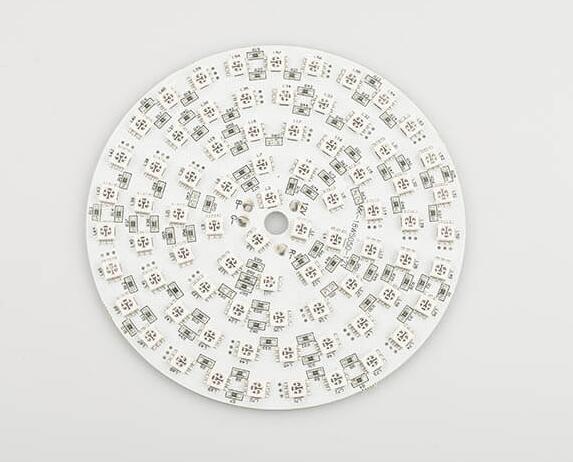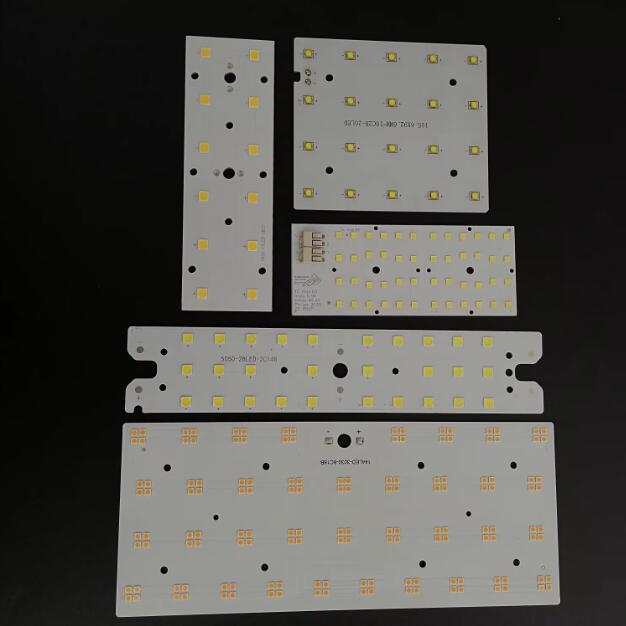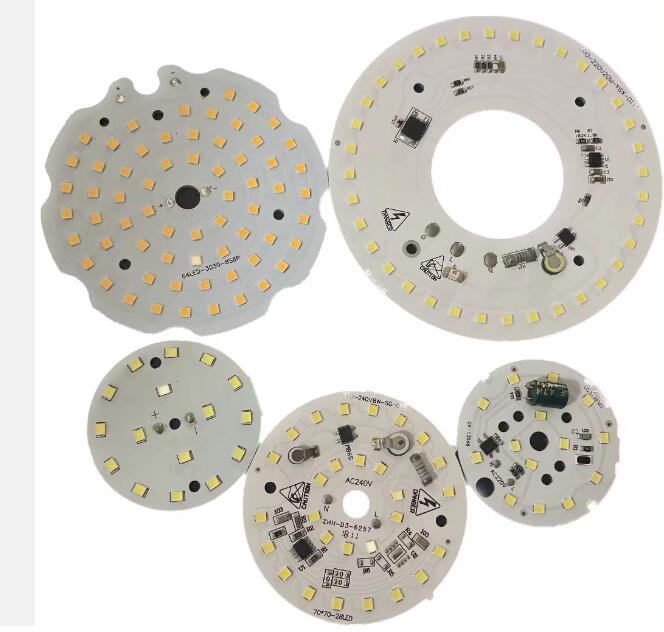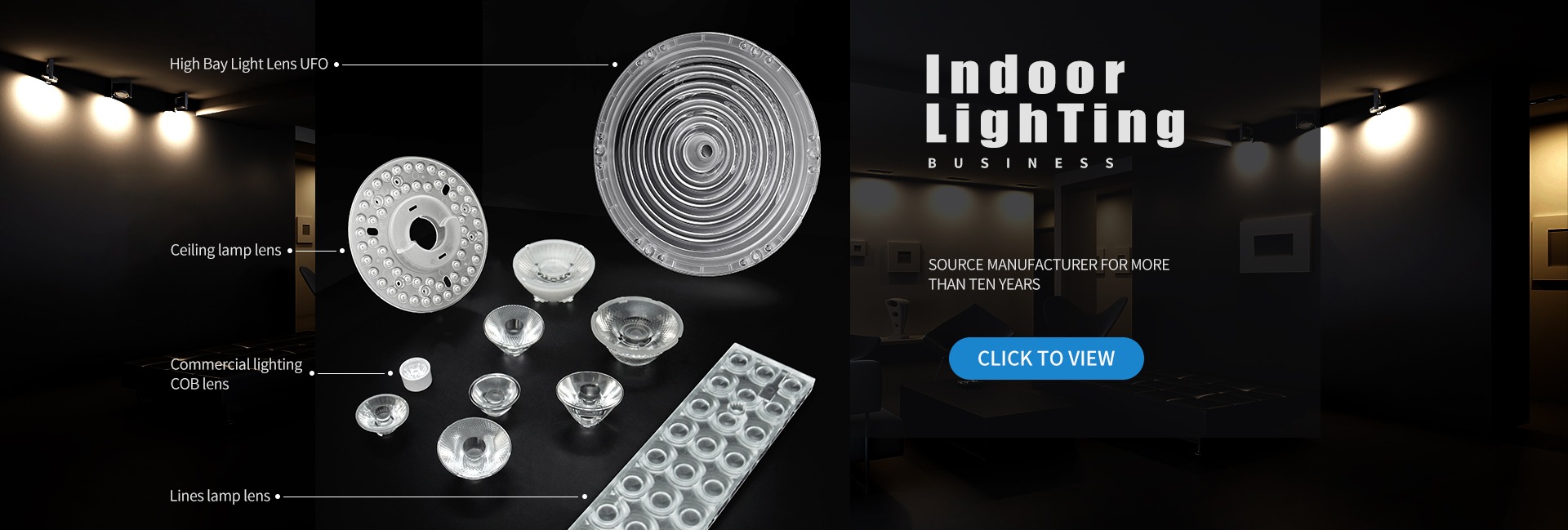
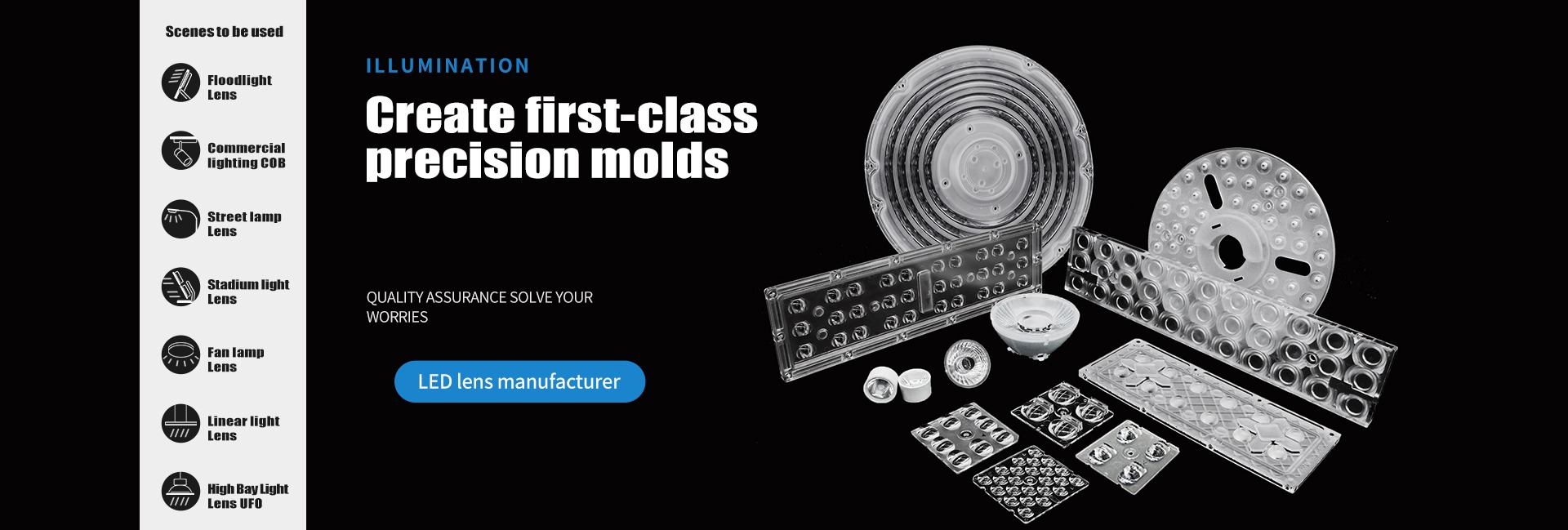
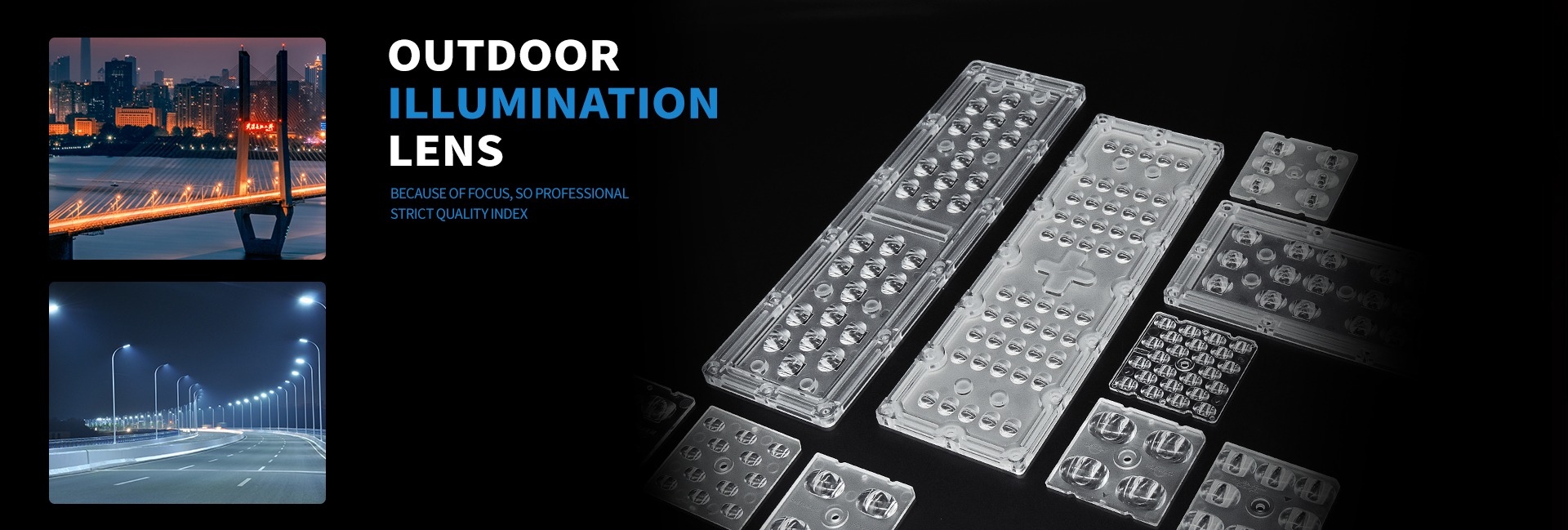
This specialized JST-2P SPY-2P connecting cable is engineered for premium LED lenses and lamps from leading brands like CREE, OSRAM, and Seoul Prolight. Designed for technical precision, it ensures reliable connectivity, thermal stability, and compatibility with high-performance lighting setups.
This specialized JST-2P SPY-2P connecting cable is engineered for premium LED lenses and lamps from leading brands like CREE, OSRAM, and Seoul Prolight. Designed for technical precision, it ensures reliable connectivity, thermal stability, and compatibility with high-performance lighting setups.
Key Features :
Brand-Compatible Design: Specifically tailored for CREE, OSRAM, and Seoul Prolight LED components, solving connectivity issues in COB and SMD module setups.
Durable Construction: Built with high-quality conductors and insulation to withstand temperatures up to 125°C, preventing signal loss or overheating in demanding environments.
Plug-and-Play Convenience: Standard JST-2P SPY-2P connectors eliminate the need for soldering, reducing installation time and maintenance costs for manufacturers and installers.
Versatile Application: Ideal for LED lenses, lamps, fixtures, and panels in commercial, industrial, automotive, and residential lighting projects.
Electrical Performance: Ensures stable current transmission and minimal voltage drop, maintaining optimal LED brightness and lifespan.
Applications :
Commercial Lighting: Retail displays, office fixtures, and hospitality lighting systems.
Industrial Settings: High-bay lights, machinery indicators, and warehouse illumination.
Automotive: Headlights, taillights, and interior LED assemblies.
Residential Projects: Smart lighting setups, recessed fixtures, and decorative LED installations.
Specialty Lenses: Optical systems for projectors, medical devices, and architectural lighting.
